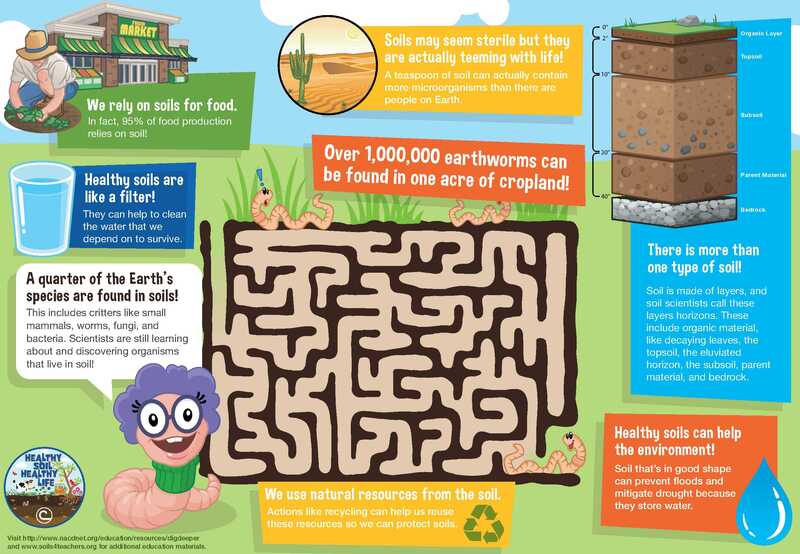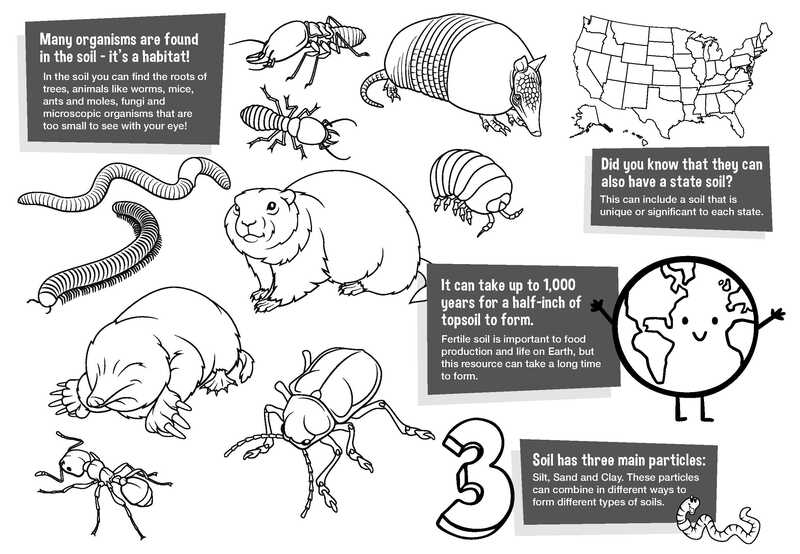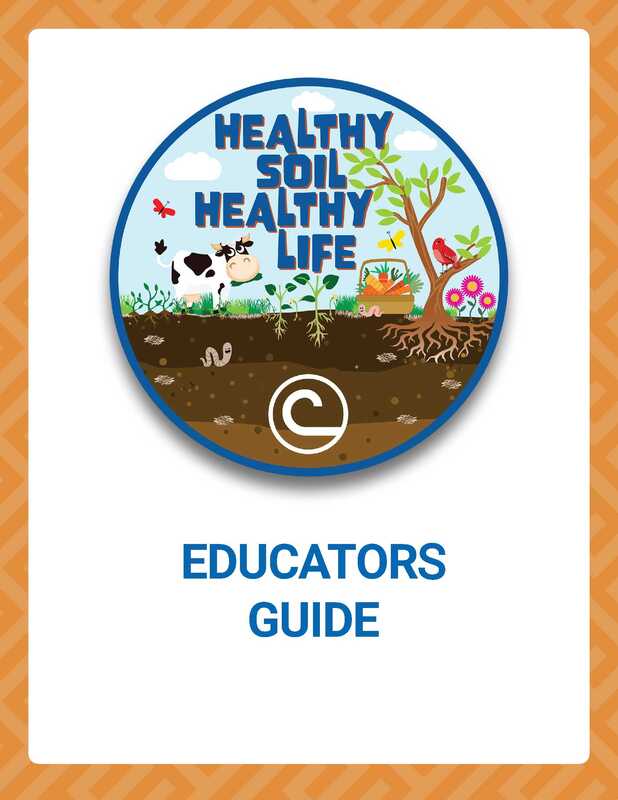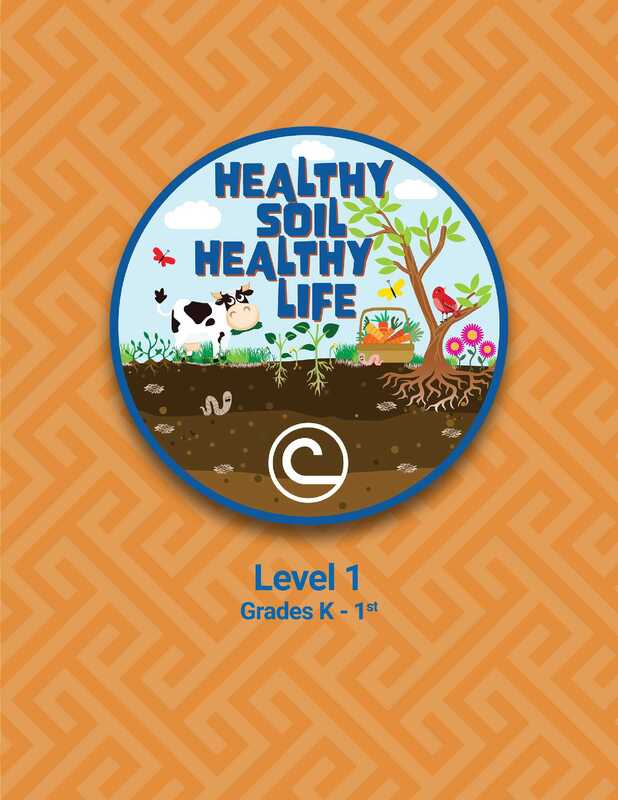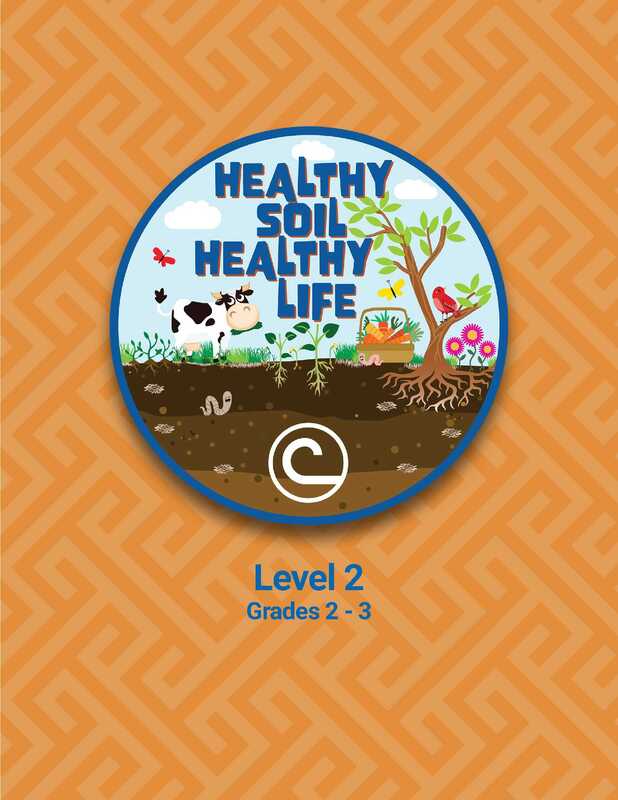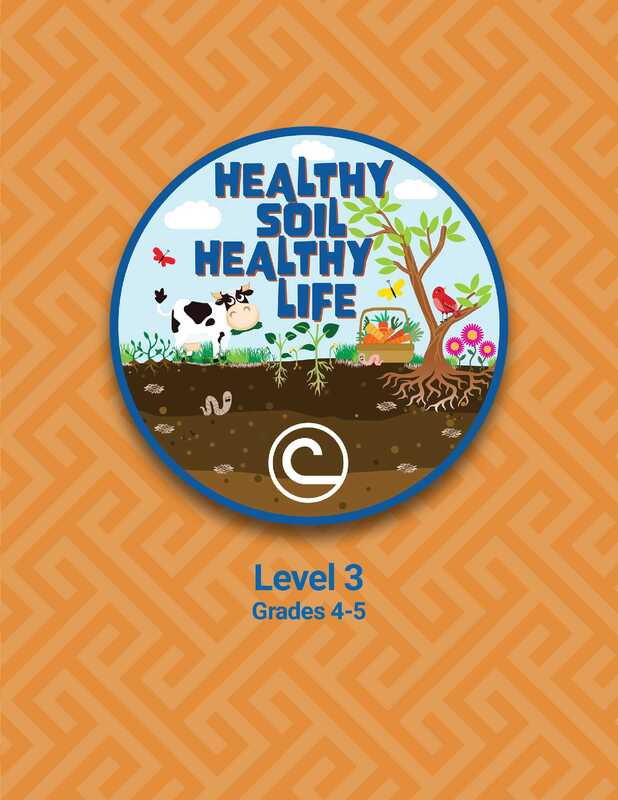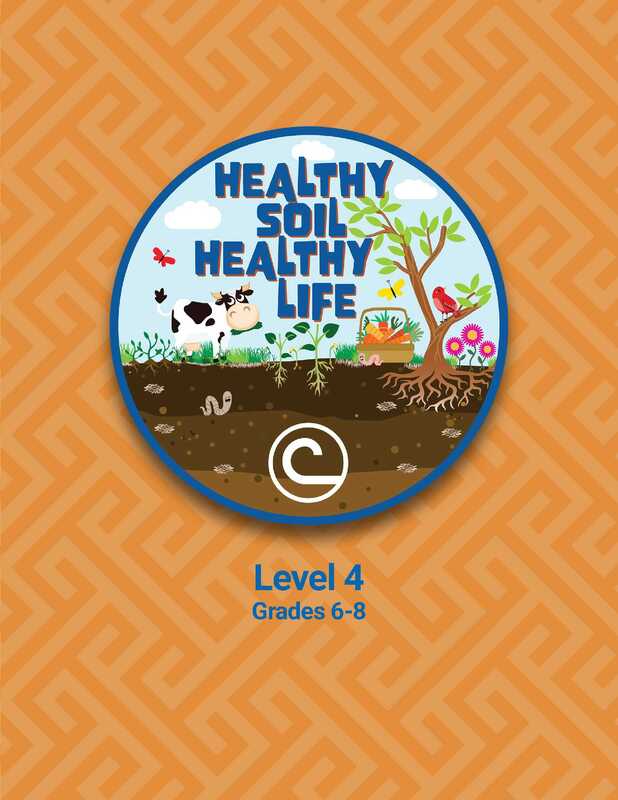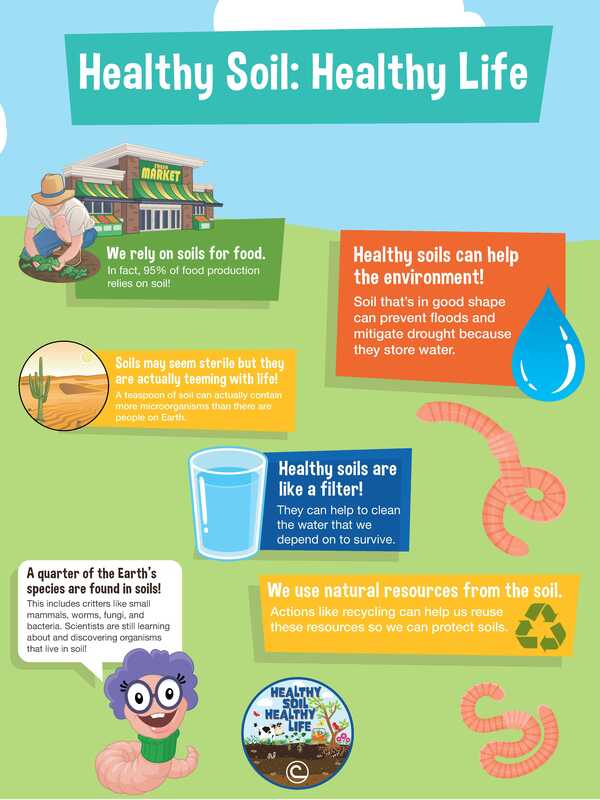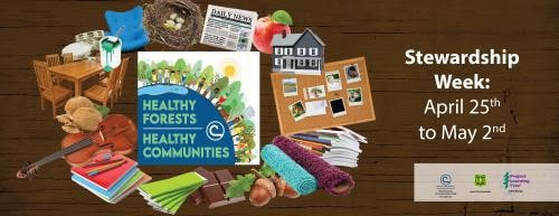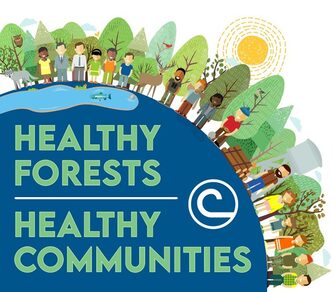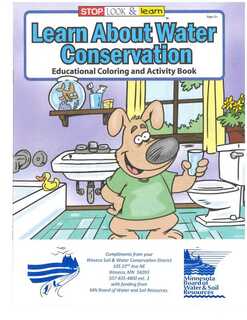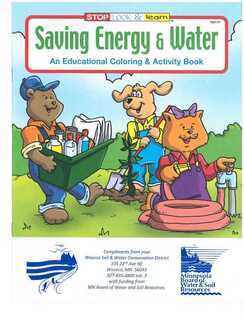The Waseca SWCD puts education as a high priority.
|
Earth Day Is April 22, 2024
This year's Theme is "Planet vs Plastics" Take time out of the day to enjoy our wonderful natural resources. This Earth Day, we are grateful for our region’s natural resources, let's help protect them. Every Earth Day, we at the Waseca Soil and Water Conservation District reflect on the wonderful natural resources we get to enjoy in Waseca County. Our District is grateful for the opportunity to work with members of the community to facilitate voluntary initiatives to conserve land, water, forests and wildlife in our area. Other ways to Invest in our planet include planting trees, reduce plastic consumption, participate in or host a Community Cleanup, promote recycling at home, school and work. For More information on Earth Day and how you can help, go to www.earthday.org |
Arbor Day is April 26, 2024
Plant a Tree to help all of us in celebrating Arbor Day! Take time out to plant a tree or walk through the woods and enjoy the outdoors. This Arbor Day, plant a tree or help others plant trees in your community. In the past few years, Waseca SWCD has had the opportunity to promote Arbor Day by distributing trees, that were ordered by local landowners, through our Tree Program. There have been many windbreaks planned and planted with the help of Waseca SWCD personnel. The Tree Program at Waseca SWCD was implemented back in the early years of the District. In 1950 there were 4 acres of tree plantings done with 34 acres of woodland management practices completed. In 1971, 30,000 trees and shrubs were planted with 1999 topping the list of 70,000 trees and shrubs distributed. Through the more recent years of 2014-2023 the Waseca SWCD has distributed approximately 51,995 trees and shrubs of which 51,333 were pre-ordered by landowners both rural and urban. Thank you all! For more information on Arbor Day go to www.arborday.org |
Throughout the 75 + years of the Waseca Soil and Water Conservation District, many events have been sponsored in the past promoting Earth Day and Arbor Day. We are one of 88 Soil and Water Conservation Districts (SWCDs) across the state – and nearly 3,000 across the nation – that provide a neighborly presence to help preserve and protect the natural resources that we all love. Waseca SWCD staff, past and present have worked diligently to promote and help improve the quality of our environment by designing projects such as terraces, waterways, basins, erosion control programs, windbreaks, living fences, cover crops in Waseca County. Some of these programs involve working with neighboring counties and multiple landowners in Workshop Events involving Soil Health and
Projects like Le Sueur 1 Watershed 1 Plan and also the Cannon River Partnership.
Soil Stewardship Week
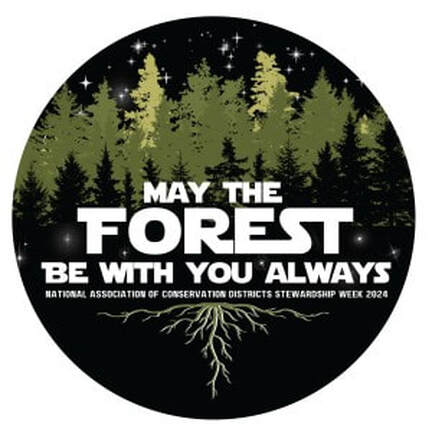
2024 Soil Stewardship Week
April 28-May 5, 2024
May the Forest Be with You
This years theme is : May the Forest Be With You Always
Forestry Conservation
This is the 68th Stewardship Week. This is an annual program since 1955, promoted through the National Association of Conservation Districts.
A Curriculum/Power Point Guide can be found on the NACD website (click here) : www.nacdnet.org
Also check out the 2024 Poster Contest under Contests on the NACD website
Or contact Waseca SWCD 507-835-0603 or stop in the office at
300 North State, Door 4, Waseca, MN 56093
April 28-May 5, 2024
May the Forest Be with You
This years theme is : May the Forest Be With You Always
Forestry Conservation
This is the 68th Stewardship Week. This is an annual program since 1955, promoted through the National Association of Conservation Districts.
A Curriculum/Power Point Guide can be found on the NACD website (click here) : www.nacdnet.org
Also check out the 2024 Poster Contest under Contests on the NACD website
Or contact Waseca SWCD 507-835-0603 or stop in the office at
300 North State, Door 4, Waseca, MN 56093
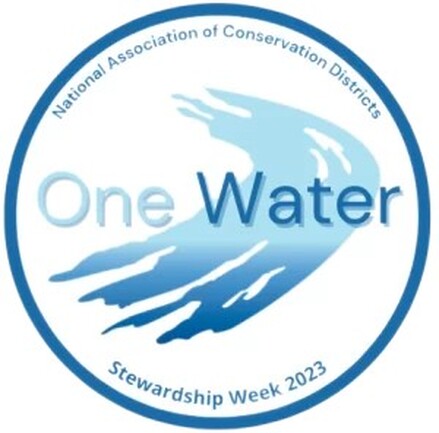
2023 Soil Stewardship Week
April 30-May 7
One Water
This years theme is : One Water
What is a watershed? A Watershed is an area of land that channels rainfall and snowmelt to creeks, streams and rivers, eventually leading to places like reservoirs, bays and oceans. Those bodies of water are all connected, so every drop of water becomes part of one water. Watersheds vary in size and feature some high points like hills and mountains. Rain, sleets and snow runs downhill until it reaches a body of water. If the watershed is steep, the water runs off into rivers and streams. If the watershed in more level, the water runs into ponds, lakes and seeps into soil and adds to the groundwater.
A Curriculum/Power Point Guide can be found on the NACD website (click here) : www.nacdnet.org
Also check out the 2023 Poster Contest under Contests on the NACD website
Or contact Waseca SWCD 507-835-0603 or stop in the office at 300 North State, Door 4, Waseca, MN 56093
2023 Soil Stewardship Week
April 30-May 7
One Water
This years theme is : One Water
What is a watershed? A Watershed is an area of land that channels rainfall and snowmelt to creeks, streams and rivers, eventually leading to places like reservoirs, bays and oceans. Those bodies of water are all connected, so every drop of water becomes part of one water. Watersheds vary in size and feature some high points like hills and mountains. Rain, sleets and snow runs downhill until it reaches a body of water. If the watershed is steep, the water runs off into rivers and streams. If the watershed in more level, the water runs into ponds, lakes and seeps into soil and adds to the groundwater.
A Curriculum/Power Point Guide can be found on the NACD website (click here) : www.nacdnet.org
Also check out the 2023 Poster Contest under Contests on the NACD website
Or contact Waseca SWCD 507-835-0603 or stop in the office at 300 North State, Door 4, Waseca, MN 56093
2022 Soil Stewardship Week
April 24 - May 1
Healthy Soil: Healthy Life
This year's theme is Healthy Soil: Healthy Life
Some fun facts are some of the following:
1. We rely on soils for food. (95% of food production relies on soil)
2. One quarter of the Earth's species are found in soils!
3. There is more than one type of soil! (Soil has 3 types of main particles: Silt, sand and clay.
These particles combine in different ways to form different types of soils.)
4. Healthy soils can help the environment.
Above information was obtained from booklets and poster below.
For more information on Soil Stewardship week contact the Waseca SWCD at 507-835-0603. We will be happy to discuss Soil Health with you.
The above placemat/activity sheet/poster and booklets are available at NACD Marketplace : www.nacdnet.org
They are free materials to download and print.
They are free materials to download and print.
2021 Stewardship Week is April 25-May 2
2021 is the 66th year to celebrate Stewardship Week.
Soil and Water Stewardship Week is sponsored by
National Association of Conservation Districts.
This years theme is "Healthy Forests, Healthy Communities"
The Waseca SWCD has education materials for groups from K-8, that can be picked up or emailed out to you.
These items range from activity pages to experiments to learning guides.
Contact the office 507-835-0603 and we will be happy to get you information.
Soil and Water Stewardship Week is sponsored by
National Association of Conservation Districts.
This years theme is "Healthy Forests, Healthy Communities"
The Waseca SWCD has education materials for groups from K-8, that can be picked up or emailed out to you.
These items range from activity pages to experiments to learning guides.
Contact the office 507-835-0603 and we will be happy to get you information.
If you think about the importance of trees, some things like what is the importance of trees, what are the every day things we use that come from trees, how can we help maintain and improve the trees in our communities. Let's look at a couple things listed.
- Importance of Trees: Trees and plants give us clean air and water. Tree roots help keep the soil where it belongs. Trees provide us with food like, apples, oranges, peaches, syrup, just to name a few. Trees also provide us with wood to build homes, make furniture, home insulation. Wood pulp is used to make paper products, toys. The bark and cork from trees is used to make baseballs, ceiling tiles, floor tiles, linoleum and many, many more things. Stop and look around your home and see all the things you can associate with being a product of a tree. Also think about how nice it is to sit under a tree in the summertime or enjoy a swinging from a tire swing on one of the branches.
- How to maintain and improve trees: Help keep the trees healthy in your community. Watch for damages caused by insects, rodents, and pets. Take appropriate measures by learning more of the problems and how to help correct them. Plant a tree or two every year to help keep the generations of trees growing for the future.
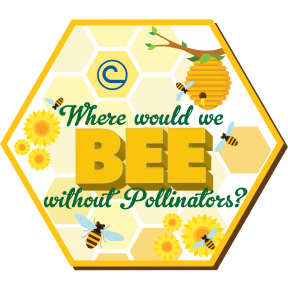
2020 Soil and Water Stewardship Week
April 26-May 3, 2020
Soil and Water Stewardship Week is sponsored by
National Association of Conservation Districts.
2020 marks the 65th year of the NACD Stewardship Week.
The theme for 2020 year is:
Where would we bee without Pollinators?
We depend on pollinators every day to survive. Pollinators are responsible in part for our food, clothes, medicine and most of all the air that we breathe. We mostly think of bees and butterflies as pollinators, but there are many others. Some of them are bats, birds, moths, beetles, ants, many types of animals and of course the wind plays a part in pollination too.
Fun Facts about pollinators
April 26-May 3, 2020
Soil and Water Stewardship Week is sponsored by
National Association of Conservation Districts.
2020 marks the 65th year of the NACD Stewardship Week.
The theme for 2020 year is:
Where would we bee without Pollinators?
We depend on pollinators every day to survive. Pollinators are responsible in part for our food, clothes, medicine and most of all the air that we breathe. We mostly think of bees and butterflies as pollinators, but there are many others. Some of them are bats, birds, moths, beetles, ants, many types of animals and of course the wind plays a part in pollination too.
Fun Facts about pollinators
Some few examples of what pollinators do for us are as follows:
1. Bees, of course give us honey.
2. The hamburger you had for lunch was due pollinators-How?
Beef comes from cattle, cattle eat alfalfa hay, bees pollinate the alfalfa so it grows and multiplies.
3. The clothes you wear-How?
Cotton is used in most clothing, cotton comes from the cotton plant which in turn is pollinated so it may grow and produce the cotton boll, which is harvested and spun into threads to make cloth.
For more information on pollinators and how they help us survive, contact the Waseca SWCD at 507-835-4800 ext 3 or stop in at the SWCD Office, 105 22nd Ave NE, Waseca
1. Bees, of course give us honey.
2. The hamburger you had for lunch was due pollinators-How?
Beef comes from cattle, cattle eat alfalfa hay, bees pollinate the alfalfa so it grows and multiplies.
3. The clothes you wear-How?
Cotton is used in most clothing, cotton comes from the cotton plant which in turn is pollinated so it may grow and produce the cotton boll, which is harvested and spun into threads to make cloth.
For more information on pollinators and how they help us survive, contact the Waseca SWCD at 507-835-4800 ext 3 or stop in at the SWCD Office, 105 22nd Ave NE, Waseca
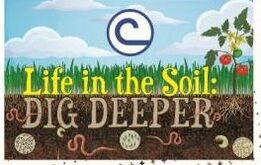
2019 Soil and Water Stewardship Week
April 28-May 5, 2019
Soil and Water Stewardship Week is sponsored by the National Association of Conservation Districts.
2019 marks the 64th year of the NACD Stewardship Week.
The theme for 2019 is: "Life in the Soil: DIG DEEPER"
Soil is the foundation for many of the items we use daily. Food, clothing, clean water, homes and many more daily needs. Healthy soil equals healthy food, which in turn makes a healthy you!
The Waseca SWCD can answer any questions you may have about soil health. There are many ways area farmers are already using practices to create and maintain healthy soils. Some of these practices include cover crops, no-till or strip till and diverse rotations. These practices work hand in hand to protect and maintain healthy soil by increasing organic matter and improving microbial activity. This in turn increases water infiltration, improves pollinators and wildlife, and often times betters yields as the soil continues to improve.
Check out our Events Calendar under the Our District Tab for information on Soil Health Workshops.
For more information of Soil Health contact us at 507-835-4800 ext. 3.
NRCS also has various topics on Soil Health available on their website
www.nrcs.usda.gov/wps/portal/nrcs/mn/soils/health
OUR DISTRICTMore about Waseca
County, Events and Our Staff |
REPORTS & PLANSBudget
Report of Work Done Annual Reports |
NEWSLETTERAnnual Newsletter
Stay Updated |
